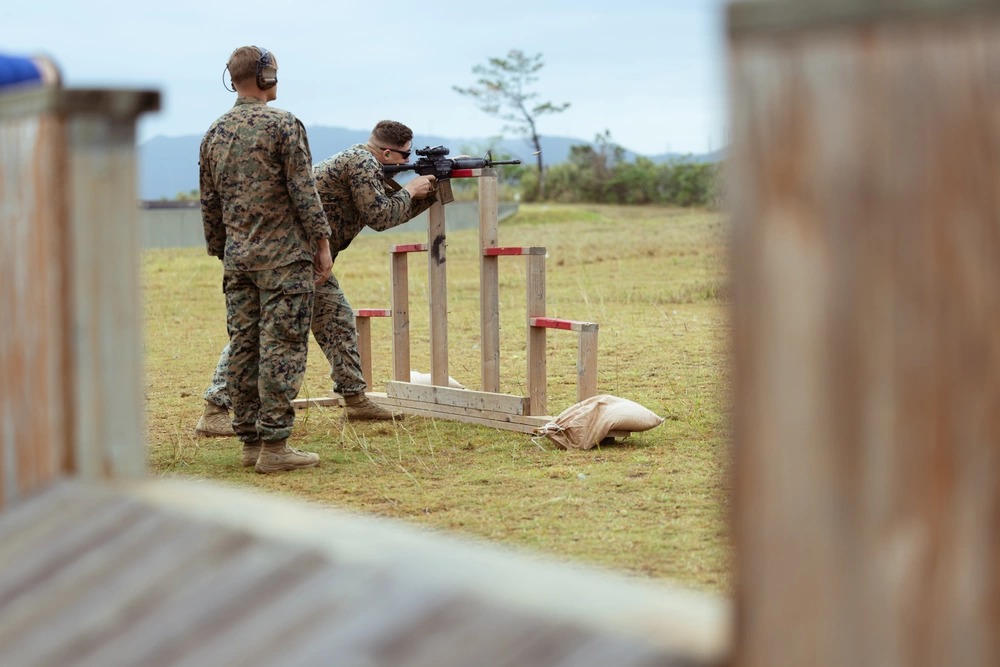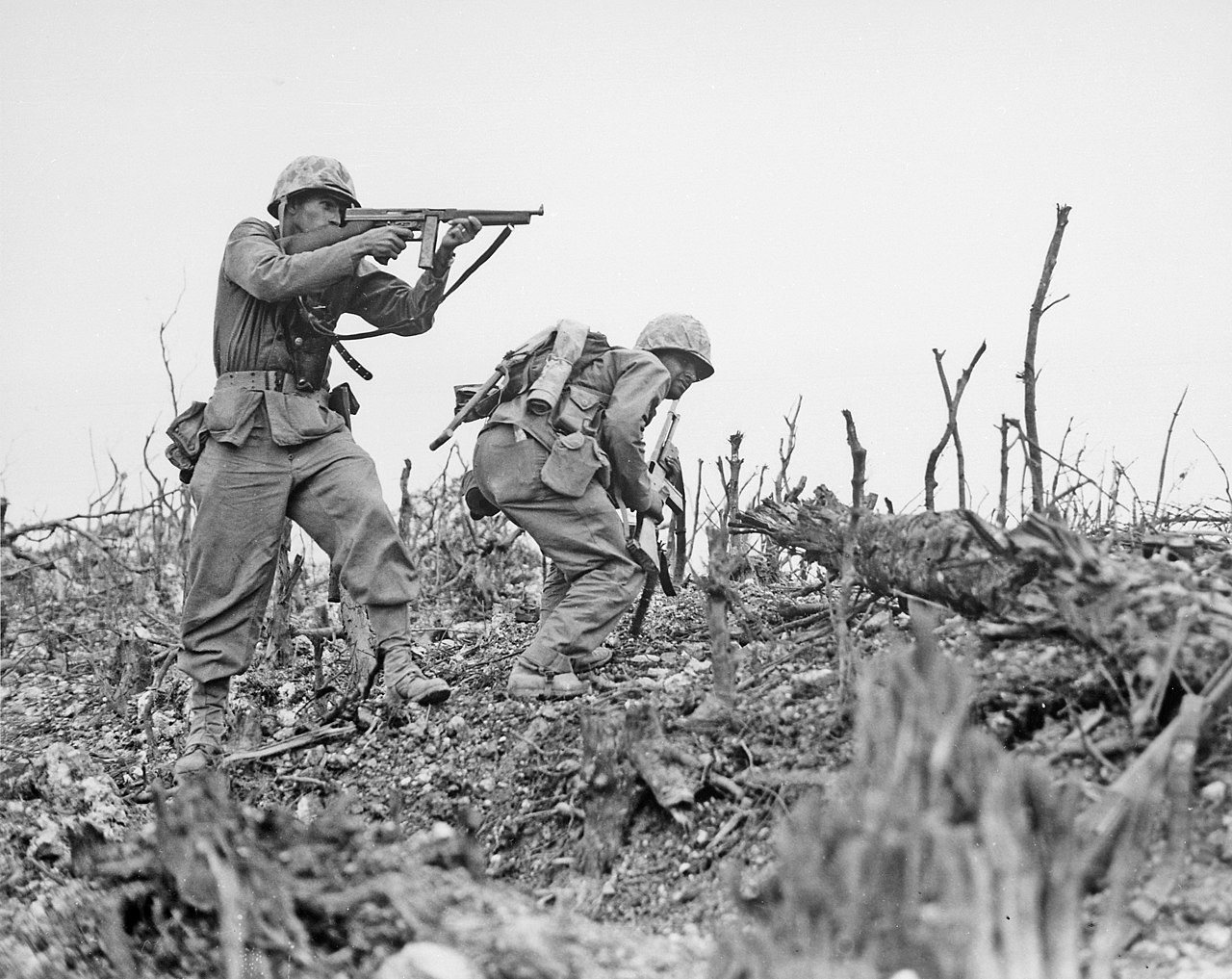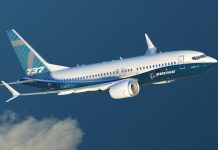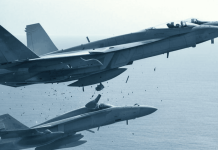A future war with China in the western Pacific has spurred the US military’s efforts to prepare for jungle warfare despite a potential clash being largely naval or air.
US ground forces are training in heavily forested areas, preparing for possibly fighting the People’s Liberation Army (PLA) in the jungles of the Philippines, Japan, or Taiwan.
But what is historically significant is the interesting twist of fate where US soldiers conducted drills in the dense jungles of Okinawa in Japan, where 80 years ago, they fought the very Japanese during World War Two. The US and China were allies fighting Imperial Japan before equations rapidly changed after the war concluded.
According to reports in US media and publicity material from the military, the US Army’s 25th Infantry Division was training in the jungles of Oahu in Hawaii, while the United States Marine Corps (USMC) was holding a series of shooting and live fire maneuvers in Okinawa.
The Battle of Okinawa was the last major battle of WW2, fought between none other than the USMC and the Imperial Japanese Army. With heavy casualties on both sides, the stiff resistance by the Japanese and severe losses the USMC and US Navy sustained at Okinawa convinced American planners that the invasion of the Japanese home islands would be a painful affair with unacceptable levels of deaths.
Historians often say this was one of the key factors in then-US President Harry Truman’s decision to use the atomic bomb.
USMC Sharpens Skills At Muggy & Rainy Okinawa
The USMC on December 18 released pictures of the Marine Marksmanship Competition held six days prior, showing Marines undertaking a series of assault rifle and sniper drills.
Marines shot at static, moving targets and in various tactical scenarios at Camp Hansen in Okinawa, where they practiced “marksmanship, combat readiness, and weapon proficiency.” “Marines learned various techniques and fundamentals from members of the Marine Corps Shooting Team, (to) compete the following week as individuals and teams,” a statement said.

Marines from various trades, including pilots, logistics personnel from Marine Aviation Squadrons, technical staff from Marine Expeditionary Forces, and aircraft mechanics, participated in the drills.
They fired M4 service rifles around barricades and obstacles to engage “targets behind cover,” “manipulate their weapon system in unique scenarios,” and “test their ability to shoot while moving and to shoot moving targets.”
This also bore the uniqueness of the USMC, where every Marine, across trades, is also basically an infantryman. All Marines, officers, and enlisted personnel across specializations have to undergo compulsory conventional infantry and small arms training right from their induction and throughout their careers.
The statement said, “Every Marine is a rifleman,” will also have a military utility in the western Pacific. China launching special forces units or its own Marines in amphibious raids on Marine Expeditionary Units and Marine Littoral Combat Regiment on friendly Japanese or Philippine islands is a real possibility.
These USMC units would be undertaking long-range fires of anti-ship missiles from land on Chinese shipping as a part of the Expeditionary Advanced Base of Operations (EABO) and Force Design-2030 concepts being put into motion.
US Army Slugs it Out in Wet & Dense Hawaii
At Hawaii, troops from the US Army’s 25th Infantry Division traversed jungles, waded through rivers, and negotiated heavily forested terrain. The New York Times featured how the US Army believes it “needs more jungle expertise” to deter China and work effectively with partners in the region. It referred to how the USMC deployment at the “muggy, rainy terrain of Okinawa” is motivating the Army’s own efforts in honing its jungle warfare skills by making Hawaii “a regional proxy.”

The 25th Infantry Division has “expanded instruction at its expeditionary school and leads a new Pacific training rotation that brought together 5,300 troops in November for simulated battles with other services and nations.”
The course also hacked back to history, showing photos of the Division’s service in World War Two’s Battle of Guadalcanal. The formation earned its nickname, “Tropic Lightning,” following a quick assault against Japanese troops. “History offered several lessons about jungle warfare: The climate and terrain slow down efficiency, separate units into small teams, make communication difficult, and increase the chance for disease,” the report added.
General Charles A. Flynn, the commander of the US Army Pacific, said that China had been on “an incremental, insidious and irresponsible path for decades,” requiring the “total Army” to prioritize relevant Pacific experience. “It’s more pragmatic. Hawaii gives us an invaluable platform to train and generate readiness,” he was quoted.
The classes taught how to “waterproof a rucksack,” “set up an ambush,” “working on ropes and pulleys,” “river crossing,” and using “maps and compass navigation.” The elementary, old-school skills are inspired from Army commanders’ belief that “artificial intelligence and drones cannot hold territory or manage resupply in soggy gulches where electricity and clean water are scarce.”
US & Japan Fought At Okinawa In WW2
In one of the final battles in the Pacific theater between the US and Japan, the US Marine Corps fought a tenacious and fanatically resistant Japanese Army in Okinawa from April 1 to June 22, 1945.
The largest amphibious assault of the Pacific theater, over 60,000 US troops landed on Okinawan shores and faced Japanese defenders “in heavily fortified tunnels and bunker systems,” according to the Imperial War Museum. “The plan was to wear the American forces down in a battle of attrition.”
The Smithsonian Magazine said the American plan was to seize the main airfield on Okinawa to launch bombers against enemy industrial sites in Japan’s home islands. “The Japanese were prepared to fight to the last man to prevent the capture of their home soil.”
The US lost 12,500 men (including 7,500 Marines and 5,000) sailors, while the Japanese losses have been numbered at 110,000 soldiers. The signature engagement of the battle was Japanese kamikaze (suicide) attacks, where Japanese pilots flew into US warships, with the US Navy ending up losing 36 warships and damaging 368.
Accounts and historians across the spectrum describe Okinawa as a particularly “bloody” and “savagely” fought engagement that left an indelible mark on its American survivors.
“The losses at Okinawa convinced US war planners that any invasion of Japan would incur unacceptable casualties. Their estimates, at worst as many as 1 million US servicemen, were a key factor in President Truman’s decision to use the atomic bomb,” the IWM says.
- The author can be reached at satamp@gmail.com
- Follow EurAsian Times on Google News




